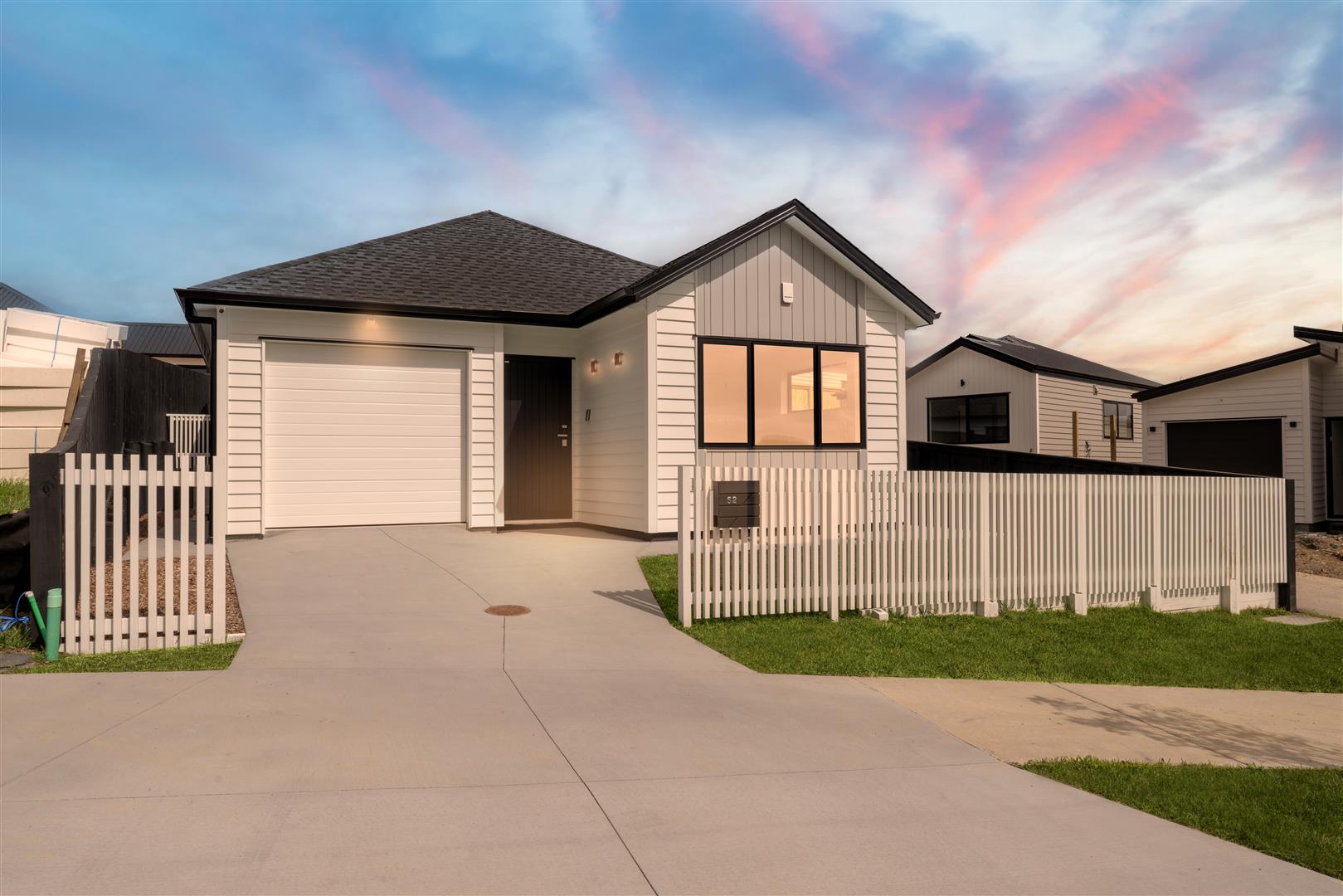Building inspections are going high-tech. If you haven't bought a house for a while, you might be surprised at just how inspections have changed over the past 10 to 15 years.
In the next few years, even more technology will give you a much better picture of what you're getting into before you buy a home, says New Zealand Institute of Building Surveyor's (NZIBS) executive member Darin Devanny.
Much has changed. Buyers, for example, didn't think much about damp 15 years ago. Today, most are hypersensitive to the risk of buying a leaky building.
These days a moisture metre is standard kit for a surveyor, says Devanny, who is the managing director of Property Check in the South Island.
Start your property search
It won't be long, Devanny says, before surveyors also carry microwave moisture detection equipment that can scan images from inside walls.
It won't be perfect, but is a step in the right direction and should be able to identify rotten timbers as well as pipes, cables, joists and other hidden features in walls.
The other big step forward, says Devanny, is the use of digital photography. In the early 2000s, it was barely used.
Today he will often take more than 200 photos of the property when completing a survey, which prove useful to buyers who discover changes to the property once they take possession.
Another improvement in building surveys has been the New Zealand Property Inspection Standards that came into effect in 2005 and should form the basis of all pre-purchase inspections.
The standard is designed to make property inspections more credible and to maintain consistency.
Up-to-the-minute developments in the industry include pole-operated cameras and videos, and cameras mounted on robots.
Pole-operated cameras allow surveyors to see more on top of roofs and high buildings, says Devanny.
Drones, which are also being used by some surveyors, take that one step further, allowing video and still shots of parts of the building that would be otherwise inaccessible.
Some surveyors are starting to use remote-controlled robots to enter small spaces under houses that people can't reach.
A camera mounted in a protective plastic shell feeding video back to a hand-held screen can help assess the underneath structure of houses sitting on piles.
"The zoom capabilities are impressive and make it possible to look closely at what would have been inaccessible or dangerous to access aspects of the roof and walls," he says.
In the future Devanny expects to see better tools for detecting damp. Currently the only certain way to find out if a home is leaky is to drill holes and insert probes.












































































